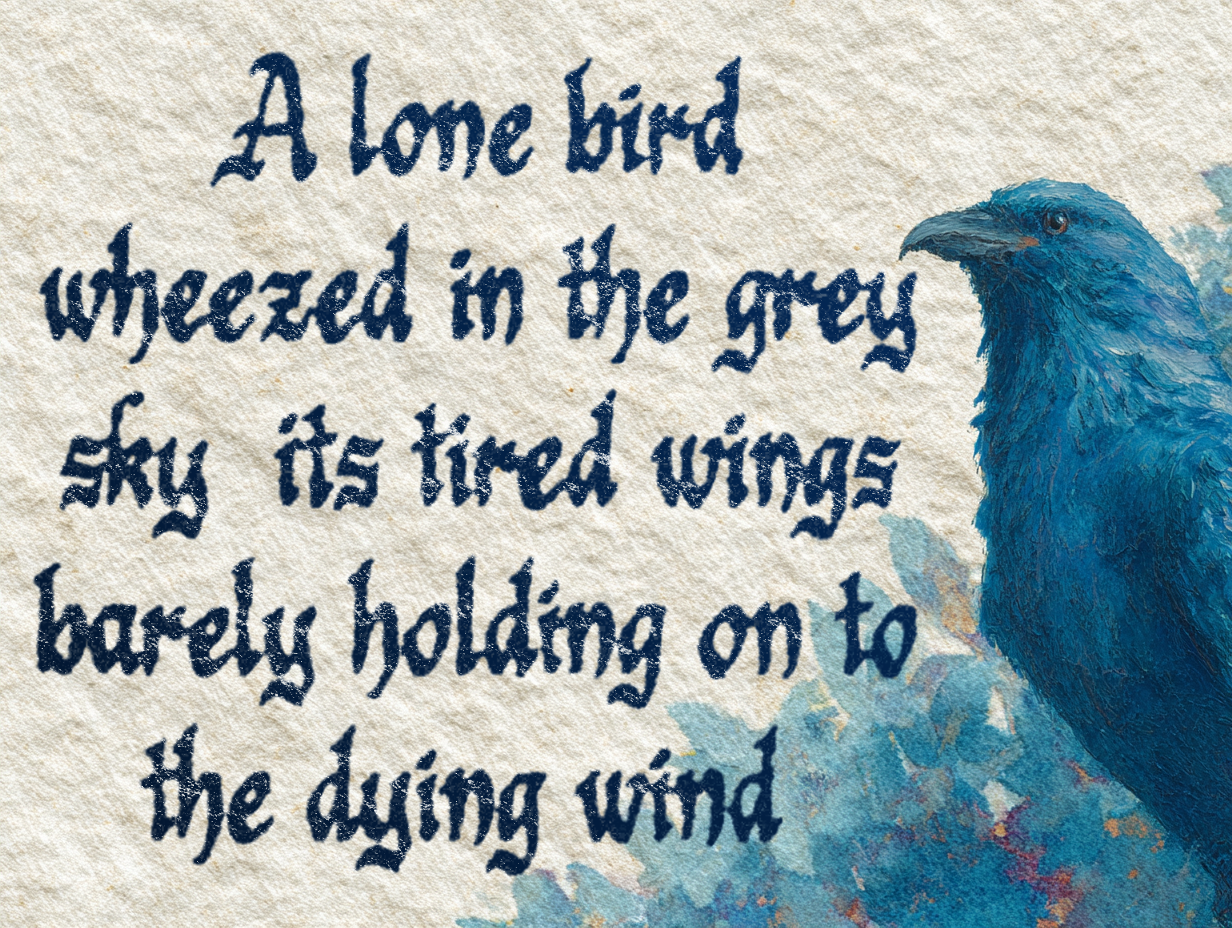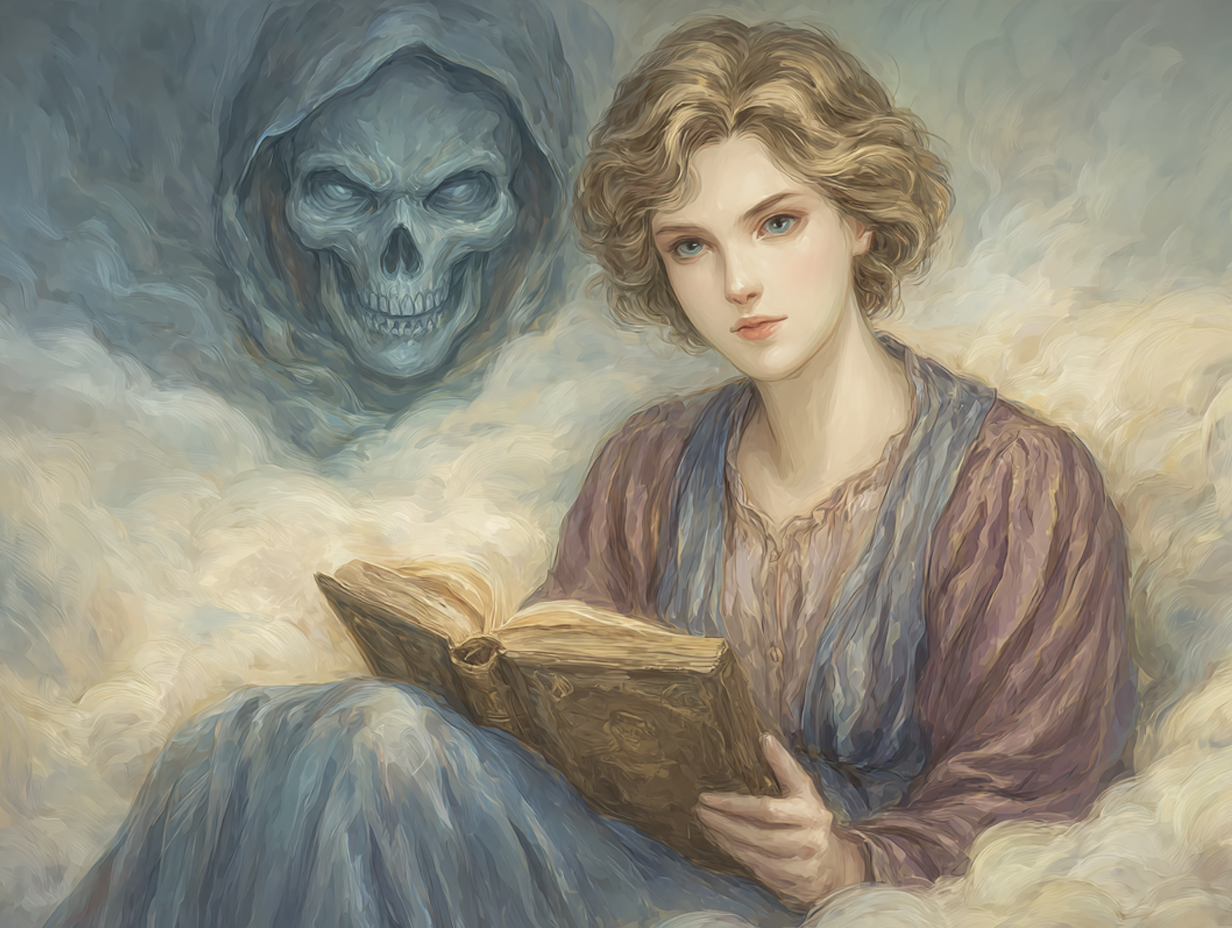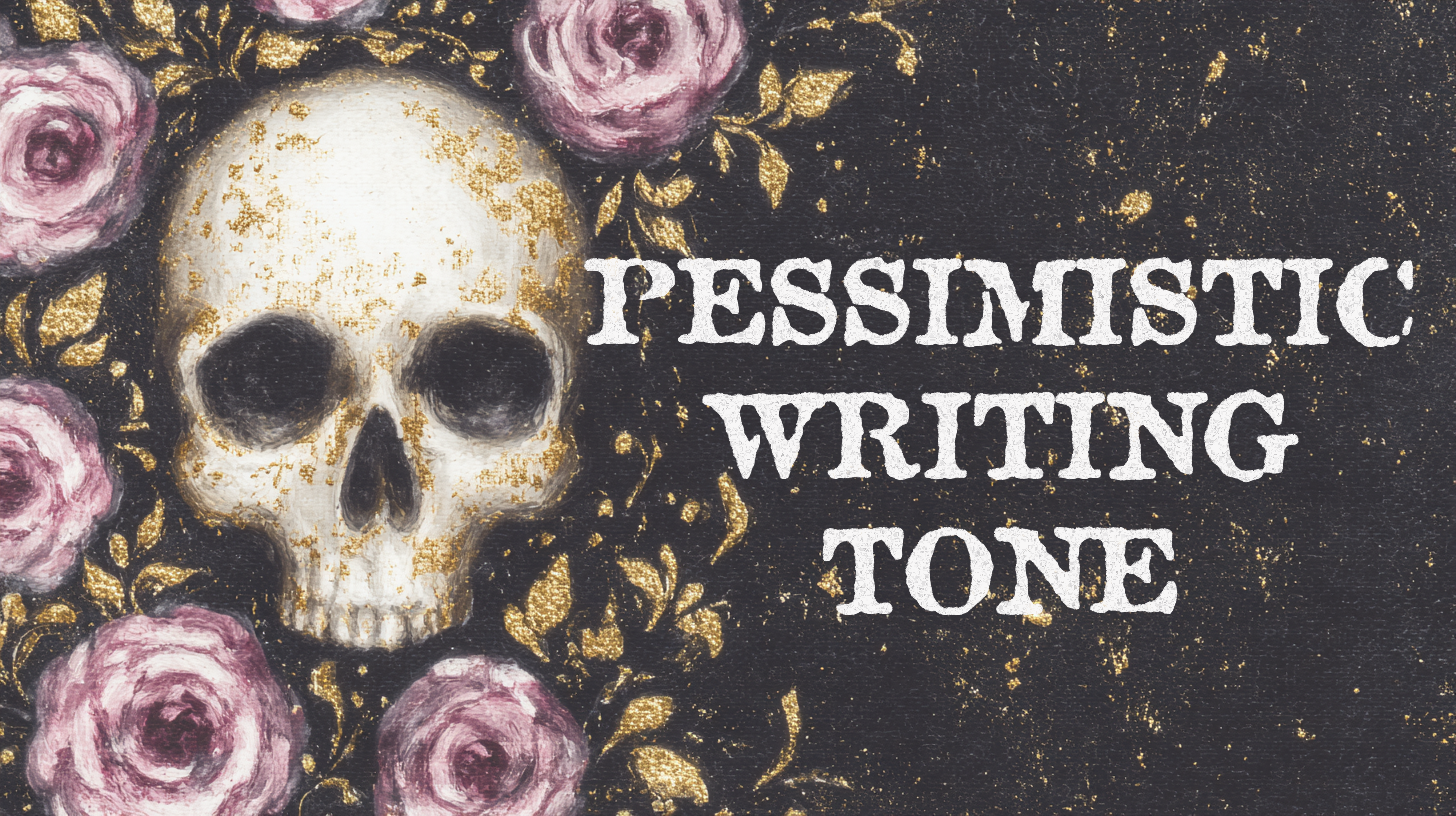Why write in a pessimistic tone?
Writing in a pessimistic tone lets authors explore life’s darker corners and the ways things tend to go wrong. It can add depth, realism, and emotional weight to a piece. Some readers even find it oddly comforting not because they enjoy despair, but because pessimistic writing often tells the truth others shy away from. It acknowledges pain instead of denying it, which can feel honest, even cathartic.
Examples
- Dystopian novels like 1984 by George Orwell
- The grim humour in Catch-22 by Joseph Heller
- The stark bleakness of The Road by Cormac McCarthy
Tips
- Keep it authentic without slipping into melodrama
- Balance gloom with occasional wry humour
- Let small details convey the bleakness instead of shouting doom from the rooftops
What kind of vocabulary suits a pessimistic tone?
Certain words instantly create a darker atmosphere, suggesting decline or hopelessness. (Perfect for when sunshine and rainbows feel wildly overrated.)
Examples
- Bleak
- Futile
- Grim
- Weary
- Hollow
- Crumbling
- Inevitable
- Rusted
- Disillusioned
- Fading
Tips
- Avoid overly flowery language
- Choose simple words with strong emotional weight
- Repeat certain words to deepen a sense of despair
- Example: “The days dragged. The same grey. The same silence. The same slow undoing.”
How should sentences be structured in pessimistic writing?
Sentence length and rhythm help set the tone. Short sentences can sound blunt and resigned. Longer sentences can build an oppressive, inescapable mood. (A bit like wading through thick fog in heavy boots.)
Examples
- Short and resigned: “Nothing ever changed.”
- Long and crushing: “She watched the rain slide down the window, each drop a small reminder that nothing beautiful lasted, and that even joy would rust in time.”
- Rhetorical questions to show doubt: “Did anyone truly believe it could end differently?”
Tips
- Use repetition to emphasise futility
- Mix sentence lengths for rhythm and impact
- Let silence and pauses carry weight
- A short sentence or even an unfinished thought can leave space for dread. Example: “She waited. Nothing. Not even the wind.”

What imagery fits a pessimistic tone?
Images of decay, darkness and endings create an immediate sense of pessimism. It is less about drama and more about quiet hopelessness. (Like finding out your birthday cake is made of sawdust.)
Examples
- Rusting metal
- Bare, winter trees
- Abandoned buildings with shattered windows
- Twilight skies fading to grey
- Cracks in walls or foundations
Tips
- Choose physical details that mirror internal despair
- Avoid clichés unless twisting them cleverly
- Turn cheerful imagery on its head
- Keep descriptions grounded and sensory
Can pessimism be humorous?
Absolutely. Dark humour can make a pessimistic piece even sharper by highlighting the absurdity of hopelessness. (Nothing says “cheerful” like a joke about impending doom.)
Examples
- Wry commentary on grim events
- Understated sarcasm
- Contrasting a happy image with a bleak reality
Tips
- Let the humour slip in subtly rather than slapstick style
- Be careful not to undercut serious moments you want to remain impactful
- For example: If a character just lost everything, a sarcastic one-liner might jar unless it reflects their deeper despair. Use humour to expose the absurdity of a situation, not to escape it
- Use humour to show resilience, even in grim circumstances
Example of pessimistic writing tone
To illustrate how a pessimistic tone shapes mood, voice, and imagery, here’s a short scene. It follows a couple caught on the kiss cam at a concert, but there’s more beneath the surface. The writing embraces bleakness, subtle despair, and dark irony.
Title: Spotlight
The concert was loud, bright, and forgettable. Another stadium, another city, another crowd pretending this meant something. Julia had forgotten the band’s name by the time they made it to their seats. Paul ordered two beers and smiled like they were twenty again. They weren’t. He drank his too fast.
The music thundered on, too polished to be real. Lights swung across the sea of people like searchlights looking for survivors. They didn’t find any.
He reached for her hand, and she let him take it. His was warm and clammy — guilt makes people sweat. She didn’t pull away, because that would draw attention. She didn’t look at him either. Looking might lead to thinking, and thinking led nowhere good.
They were in row 14, dead centre. Great view. Not that it mattered. The band could’ve been holograms for all she cared. The real performance was happening three seats to the left, where a girl in her twenties clung to a boyfriend like she’d drown without him. Must be nice, Julia thought, to still believe in things.
Paul leaned in to say something. She smiled without hearing. The sound was too much anyway — inside her ears, inside her ribs, inside her skull.
And then it happened.
The jumbotron. The kiss cam. A sick little intermission disguised as fun.
She saw them appear on the screen before she felt the nudge. Their faces, side by side, larger than life, framed by a cartoon heart. The crowd whooped and whistled like pigs at a trough.
Paul laughed. Nervous, of course. He went in for the kiss — not dramatic, just enough to get it over with. She followed, mechanically. Lips met lips. Nothing sparked. Of course it didn’t. You can’t fake fire with damp matches.
The camera moved on. The crowd forgot them. Julia didn’t.
They sat in silence after that. Well, not silence, but the kind of quiet that grows inside your chest, even with speakers shaking your bones.
She wondered if his wife was watching. Maybe someone she knew. Maybe someone he didn’t even think to lie to. Secrets rot faster in public.
Paul touched her thigh. She flinched, but masked it with a smile. Always a smile. That’s what people want to see. A kiss and a smile.
Later, in the parking lot, the air was thick with petrol and cheap perfume. She pulled her coat tighter, though the night wasn’t cold.
“Fun night,” he said, like it was true.
“Sure,” she said. Like it mattered.
He kissed her cheek, like a husband might. She didn’t stop him. But she didn’t kiss back either.
By the time she got in her car, her reflection stared from the rearview mirror like a stranger. Someone who let herself be seen. Someone who chose this.
She turned the key. The engine coughed awake. In the silence before the radio kicked in, she realised:
It wasn’t guilt that hurt.
It was how quickly it stopped feeling wrong.

How can I practise writing in a pessimistic tone?
Practising a pessimistic tone helps you gain control over mood and voice. Try rewriting upbeat scenes as bleak ones to explore the contrast. (Though fair warning, you might want a cup of tea and a biscuit afterwards.)
Tips
- Write diary entries in a pessimistic voice
- Take a happy memory and rewrite it with a grim outlook
- For example, turn a sunny picnic into a mosquito-infested afternoon where the laughter feels forced and the sandwiches taste of dust
- Experiment with different genres while maintaining a pessimistic tone
- Read authors known for dark or cynical styles for inspiration
Further reading
The Road by Cormac McCarthy
1984 by George Orwell
Catch-22 by Joseph Heller
Face what others avoid. There’s clarity in the shadows.
